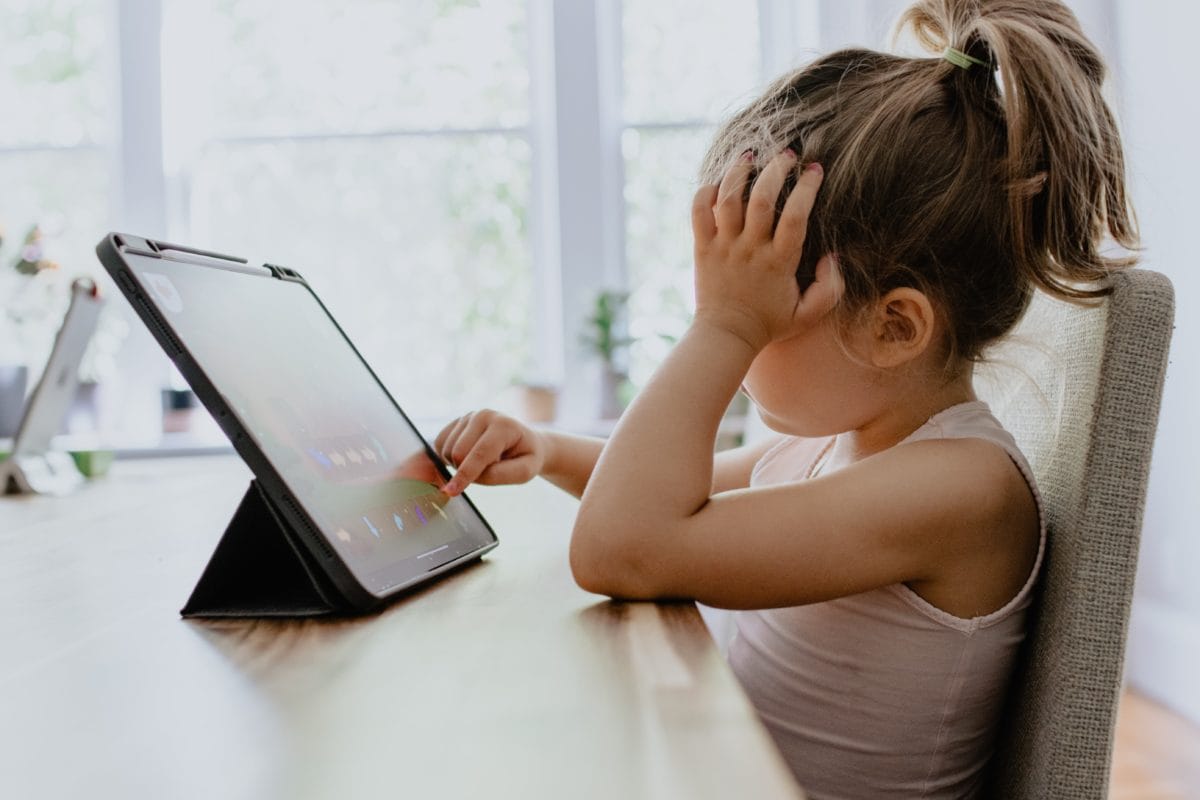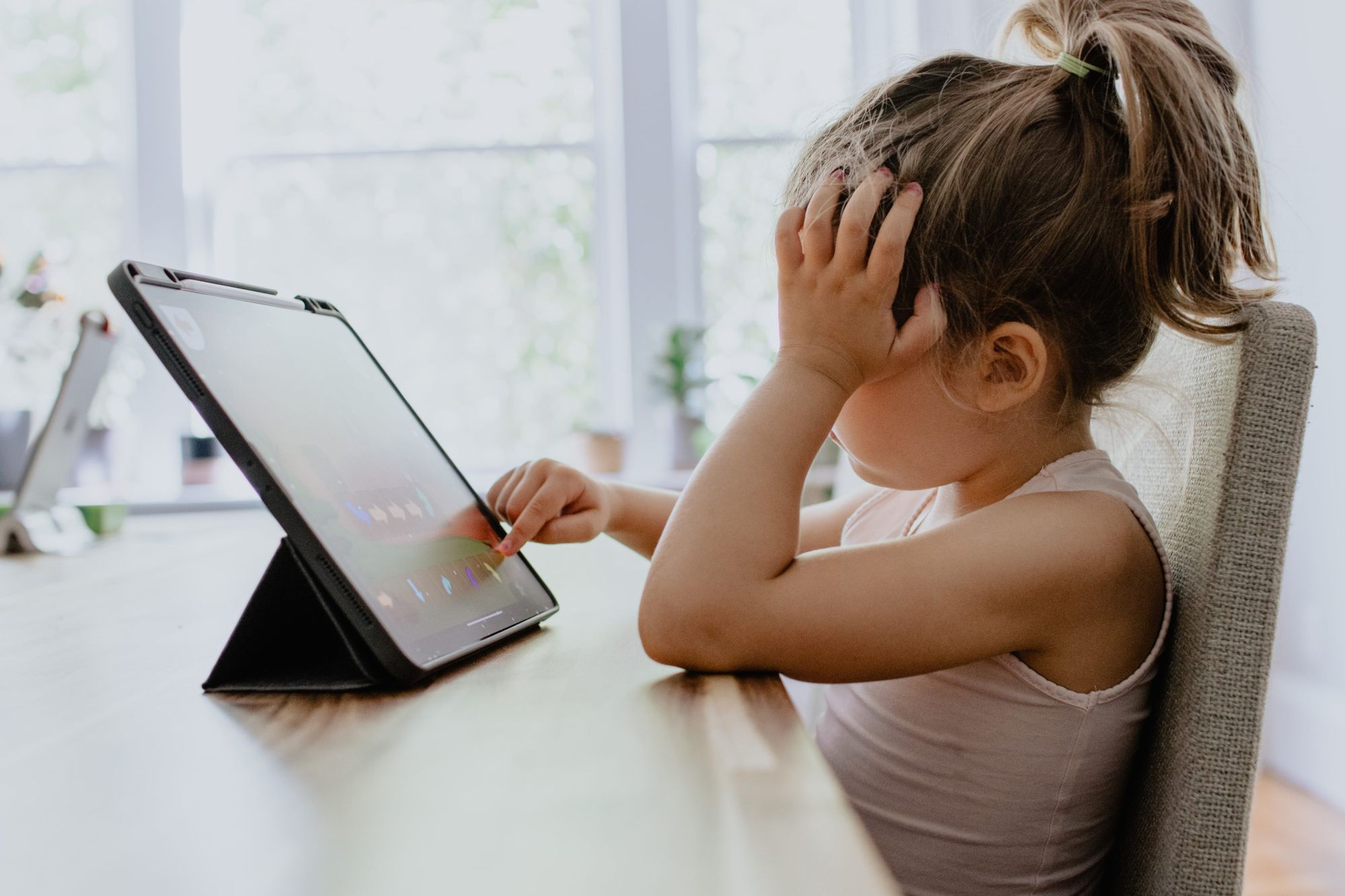Blended or Remote – Public School Parents Speak About How They Made Their Decisions


With school starting next week, after a 10-day delay, and the first COVID19 cases already reported among returning teachers at two schools in Brooklyn, the question of whether or not to send kids back to their public schools for in-person learning has been a major topic this past summer. The debate heightened in July when the Department of Education (DOE) created the Learning Preference form for parents to choose between remote, or online learning, or be defaulted into blended learning. The latter allows students to have a mix of online and in-class learning by physically going to school up to three days a week.
While the data released by the DOE on August 17th did not reveal the details behind every decision, it did show that in school districts that have mostly low-income families, fewer opted into remote learning, but since the department has not released response rates by district, comparisons are not very meaningful.
Behind these decisions were parents and guardians worried their children may catch the virus, and even bring it home and give it to the rest of the family. But there are also concerns over whether their children will receive a quality education, and how they will have experiences that are critical to their growth and well-being during a pandemic. Choosing between blended and remote learning proved to be difficult for many Brooklyn parents.
Crystal Rosario was one of them. The Sunset Park mother of three chose blended learning for her two youngest children, who attend elementary school, mainly because they both have IEPs. Her second-grade son has autism and sensory processing disorder, while her third-grade daughter has ADHD and dyslexia.
“I initially chose blended because when we did remote learning in the springtime,” Rosario says. “It was a disaster. Just the kids sitting in front of the screen, um, the school tried and the teachers tried, so I’m not taking that away from them. But for my children, it did not work for them.”
Rosario explains that having her children do therapy over Zoom did not work because her son did not focus and her daughter did not sit still. Even more so, Rosario noticed her two youngest had regressed in their development, despite having accomplished so much before the pandemic forced them to stay home. Those two issues made her choose blended learning so her children can have a sense of normalcy and their teacher will be right there to help with their disabilities.
Another parent who sought a semblance of normalcy was Athenia Rodney, a community activist from Brownsville. She originally planned to have her 4-year-old daughter do remote learning because her two older siblings, who attend charter schools, would be at home. But when the administration at a public school she was looking into suggested blended so Rodney would have more flexibility for both herself and her daughter, she decided on that option.
‘Listening in on the program on what the at-home program was going to look like, especially for her age,” she says. “It required a lot of work on my part, as the parent. It didn’t give me more leverage or time to be able to work, because I have a job; I have deadlines I have to meet. For me to have to be engaged in the classroom every day that she is on, is not helpful for me.”
But Rodney does have concerns about how social distancing in the classroom would affect her pre-schooler, who usually needs to have her back rubbed or be hugged when she gets sad or upset. Rodney was not satisfied with what the school told her.
“We’ll give them a teddy bear and they can hug that,” she says she was told. “I don’t know if that’s going to work. What’s the long term effect?”
While some families chose blended learning due to learning or professional reasons, there are families who have the chance to work and learn from home without too much difficulty.
Yuri Nazarov of Bensonhurst will have his three kids learn remotely this school year, while he and his wife work from home. This is mainly because the children’s grandmother lives with them in their two-family house, and Nazarov is concerned about her getting COVID19. He is also worried about the long-term effects of the virus, such as permanent lung damage and other health issues that some survivors are coping with.
“Do we need them out of the house?” he says about the conversation he and his wife had. “Is the fact that they’re here in the house preventing us from living our lives and working? And for us, like many other people, it’s actually fine. Getting out and being with a friend is not a problem, it’s just a matter of, ‘do we need school for that?’”
Nazarov also adds that he is not relying on his son’s middle school to provide all the education; a tutoring service will be used to help his seventh-grader to prepare for the SHSAT exam.
But for some kids, blended learning is their best opportunity to socialize and to get an education, even with the threat of COVID19.
Linda Kelly is having her 10-year-old granddaughter do blended learning at her school in Bushwick, mainly because Kelly struggled to help her with remote learning last spring due to her own minimal computer skills. According to the DOE data, District 32, which mainly covers Bushwick, had the lowest number of Brooklynites choosing remote learning. It also has a 0.89% positive rate, or 35 cases of COVID 19 infection confirmed in the last four weeks, according to recent data from the Department of Health. This is a reality on Kelly’s mind.
“I’m trying to figure out if blended would give her some time with her teacher, who is way better at education than I am,” Kelly says. “It would be more helpful for her in some way. She misses her friends. But then, I’m thinking, the teachers might expose themselves and their families.”
The possibility of being exposed to COVID19 has influenced the decisions older students had in making their own choice in attending school this year.
Rising 10th grader, Ruben Almash, lives in School District 20 (Bay Ridge, Bensonhurst, Borough Park, and Southern part of Sunset Park), which has the highest percentage of those choosing remote learning in Brooklyn. Ruben chose remote learning even though he called his learning experience this past Spring as “disorganized”, “not helpful”, and was often behind on his schoolwork. Still, remote seems a safer bet than what his school is promising.
“It didn’t sound safe,” he says about what he was told by Fort Hamilton High School about its reopening plans. “Temperature checks weren’t going to be mandatory, and they said they were going to clean the school, and my school is massive. So I knew there was no way that they were going to put that effort into cleaning my school.”
While keeping the schools clean and disinfected from any traces of COVID19 is something all parents and educators are mindful about, it is the school ventilators that have attracted the most concern. Given how many of the school buildings are around 100 years old, and have either broken HVAC systems, classrooms with no windows or air conditioners preventing windows from being opened, some parents are nervous about the ventilators in their kids’ schools.
“I’m generally concerned with how the schools are going to be able to provide meaningful social distancing,” says Nazarov who says everything concerns him about his children’s schools. “From what I’m seeing, I don’t think they’ll be able to do it, unless they come up with something unusual.”
The school Linda Kelly’s granddaughter attends is over 100 years old, so she does not think the ventilation there is any good. She was told of a solution, which she doubts will be helpful.
“We were told it has doubled-hanged windows,” Kelly says. “They can open from the top or from the bottom. I said, ‘fine, but come winter, then what do we do?’ They’ll open from the top and there will be heat in the classroom. Sounds a little crazy!”
Rodney thinks the concerns over the ventilators should have happened a long time ago, even though she, her husband, and three children all contracted the coronavirus – an experience she would not wish on anyone.
“Before COVID, you had colds, flus, there’s all these viruses we had,” she says. “But the ventilations, or the lack thereof, because some buildings are very old, and that presents a problem. Because they were already in these schools that had poor ventilations with regular flus and all other epidemics not seen as big as this one, and it wasn’t a problem.”
Rodney points out that the ventilation issue goes back to how schools that have large populations of Black and Brown students are often at the bottom of the totem pole.
“Most of those schools are in low-income communities,” she says. “Because schools that have higher income family members, their PTAs put money together and get certain things done.”
Speaking of PTAs, some of them may have to come with money to fund the ideas that Mayor Bill de Blasio has suggested for in-school classes, such as outdoor learning.
Crystal Rosario’s children go to a Title 1 school, and while it has a large yard, it also means the students are mostly from low-income families.
“It’s not an even playing field,” Rosario sighs heavily. “It is upsetting me the most because not every school is getting the same treatment. We would be able to set up tents, but where do we get the money for those tents? Are we going to do port-a-potties, and who’s going to clean that?”
Are any of these parents satisfied with how the Mayor and the Chancellor have been handling and preparing for reopening the schools?
“It is funny to see our Mayor talking about how safe everything is despite the challenges,” Rodney says. “He holds his conferences remotely but thinks it is safe for our children to be in school.”
“I’m not super impressed,” says Nazarov. “If you had the most amazing leadership, what would continue to be a concern? And I think we’d still have a lot of concerns.”
Rosario hesitates before she responds, and when she does, she speaks slowly. “I understand it’s a complicated time. It’s kind of like they don’t know what to do either.”
With the news last week that public schools are to resume in two weeks rather than on September 10th, some parents are not feeling more at ease than they were before.
“I feel like they’re still not ready,” says Rosario, who is now leaning towards remote learning until the report cards come in. “And then I’ll see how they are progressing and see if the school system seems a little more stable.”
Ruben Almash admits he’s relieved he won’t be starting his sophomore year just yet. “I’m glad they’re delaying opening because I’m not ready to go back. I’m nervous about how hard it’s going to be because I’m afraid it’s going to be just like last year and that was overwhelming.”
He does, though, plan to return to school in-person if the COVID19 infection rates continue to decline. But until then, he’ll be learning remotely.
As for those who chose blended learning, they are hoping they made the best choice for their children. While the risk of contracting COVID19 is out there, the risk of children not receiving a good education is just as troubling. While some had it easier making a decision, others had a more difficult time, and still do.
“I am concerned,” Kelly wonders aloud about her granddaughter. “Did I make the right choice for her? What if something happens? Really, did I make the right choice?”




